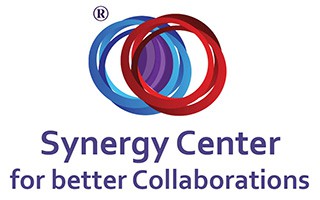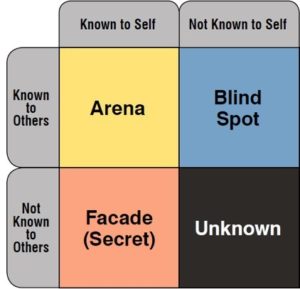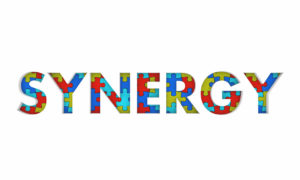Implementing change is one thing and assimilating it is another. Your endeavor would be considered a “success” if employees assimilate, internalize or own it but that would largely depend on how you plan and implement the change process. It’s not unusual to hear of cases where an organization implements changes successfully but is unable to assimilate it.
For example, when an organization is implementing a new technology (e.g. software), culture or procedure. To implement the change, the organization trains its employees on how to adapt to changes. However, this proves counterproductive as employees go back to their old ways – they’ve discarded the changes. Technically, the change process has failed.
But how do you ensure that the change remains in your organization? That’s what this article’s all about.
Achieving and Maintaining Synergy
Assimilating synergy and improving interactions in your organization are change processes. In synergy terms, they are “cures” for “organizational illness” such as when destructive interactions dominate over quality forms. Synergy isn’t easy to achieve and maintain – it’s a “bubble” that can burst if those involved in creating it demonstrate little or no commitment in maintaining it. And that commitment must come from the pyramidal apex. And commitment means sacrificing your time and effort – making time for team’s meetings and activities in your work schedule.
As a senior manager or owner of an organization, you’ve the authority to constitute a steering committee and an improvement team. You understand the organization’s limitations, access to resources and means to execute and assimilate the synergy process. It’s you who allocates the budget for the process, and authorizes team’s activities.
One good thing about improvement teams is that they can assist you to integrate synergy in the support process. This follows the recommendations of your steering committee after diagnosing interactions in your organization. But final decision-making, remuneration, training, manager’s development and coordination lie squarely on you.
The questionnaire is a powerful diagnostic tool that can uncover deeper (or hidden) problems in your organization, especially in interactions between employees and between managers and employees. Interactive forms coexist, and are dynamic (they change constantly). The questionnaire can give you insights about interactions as they happen – in real-time or on an “as is” basis. These insights can help you monitor the distribution of the percentages for various interactive forms from January to January. These data can enable you to draw up improvement programs. For example, manager development and workshops.
Just be sure to retain the knowledge of the synergy assimilation as part of organizational memory. This can’t be stressed enough. Moreover, ensure you allocate a sustainable budget for the change process. Many organizations struggle to implement the process, let alone assimilate it.
The reasons could be twofold. First off, the budget allocation wasn’t enough. Second, the process has extended beyond the set deadline. Whichever the reason, you lose gains you’ve made until that point. That’s why planning is a crucial stage. And planning involves budgetary and time allocations, which must take into account organizational needs.
Evaluating Changes and Testing for Quality
After you’ve successfully implemented and assimilated the synergy process across your organization, it’s time to measure and control it. Evaluation and testing involve checking whether you’ve achieved the purpose you defined for synergy. It’s also when you evaluate the extent to which quality forms appear in percentages within the benchmark or standard. Synergy should make up for more 70 per cent of all interactions in your organization. Destructive forms should not exceed 5 per cent. Anything above this percentage is “unhealthy”.
But checking for quality requires you to redistribute the questionnaire. Alternatively, you can interview employees in a cross-section manner. Pay attention to instructions and explanations when distributing the questionnaire again.
Retesting for Better Results
When you fail to achieve the defined purpose, you may need to redefine or change it. In a nut shell, you must redistribute the questionnaire and re-determine the reference point. This rethinking would require you to change your strategies, especially with regards to instructions and explanations. Repeat the process until you achieve the desirable results.
In Brief…
You achieve your purpose when you successfully assimilate synergy in your organization. Most organizations struggle to implement and assimilate synergy, perhaps allocation of insufficient time and budget. Unfortunately, all the time and efforts up to that point are lost. It’s important to take planning seriously





newtown ntc33
29 Oct 2018Way cool! Some extremely valid points! I appreciate you writing this article and also the rest of the website is extremely good. https://918.network/downloads/82-ntc33